Artists reflect on water
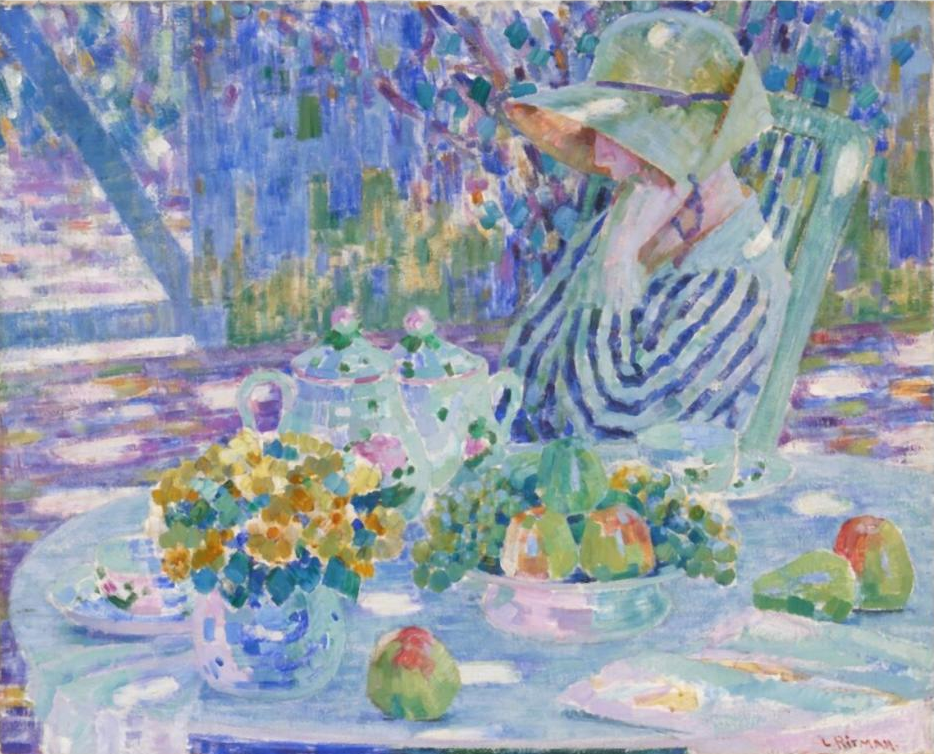
Hello friends
This last month or so, it’s been all bikes and lakes. I can’t think of anything better than riding a bike to wild water, smelling the greenish smell of it on the wind, and slipping in. The ducks bobbing past at eye-level, the reedy fingers of weed and grass that flow along by my legs. The treeline all the way around keeping it like a secret.
So, let’s not wait, let’s dive into the water, and float in its magic for a moment…
The Lake
Sophie Cabot Black (2004)
Day and night, the lake dreams of sky.
A privacy as old as the mountains
And her up there, stuck among peaks. The whole eye
Fastened on hawk, gatherings of cloud or stars,
So little trespass. An airplane once
Crossed her brow; she searched but could not find
A face. Having lived with such strict beauty
She comes to know how the sun is nothing
But itself and the path it throws; the moon
A riddled stone. If only a hand
Would tremble along her cheek, would disturb. Even the elk
Pass by, drawn to the spill of creeks below—
How she cannot help abundance, even as it leaves
Her, as it sings all the way down the mountain.
This rich yet sparse poem by Sophie Cabot Black has the feeling of tumbling down to the deep waters, like a pebble rolling down the bank of a shore and falling in slow motion. The run-on lines do this, especially those line-breaks between stanzas that pull the sentence along thickly – like wading through the water itself.
The Lake reveals the water’s benevolent, maternal personality, like a kind of Holy Mary, gazing upwards with her glassy eyes and watching the slow unfolding of the seasons. Moving on this glacial calendar, the lake finds a kind of privacy. She sees how the complete inter-being of the moon, sun, elk, aeroplane – all gather to create a vast landscape of presence.
Perhaps this expansive, all-inclusive “abundance” (as Cabot Black calls it) is what we get a taste of when we walk into the lake, and why bodies of water are so mesmerising.
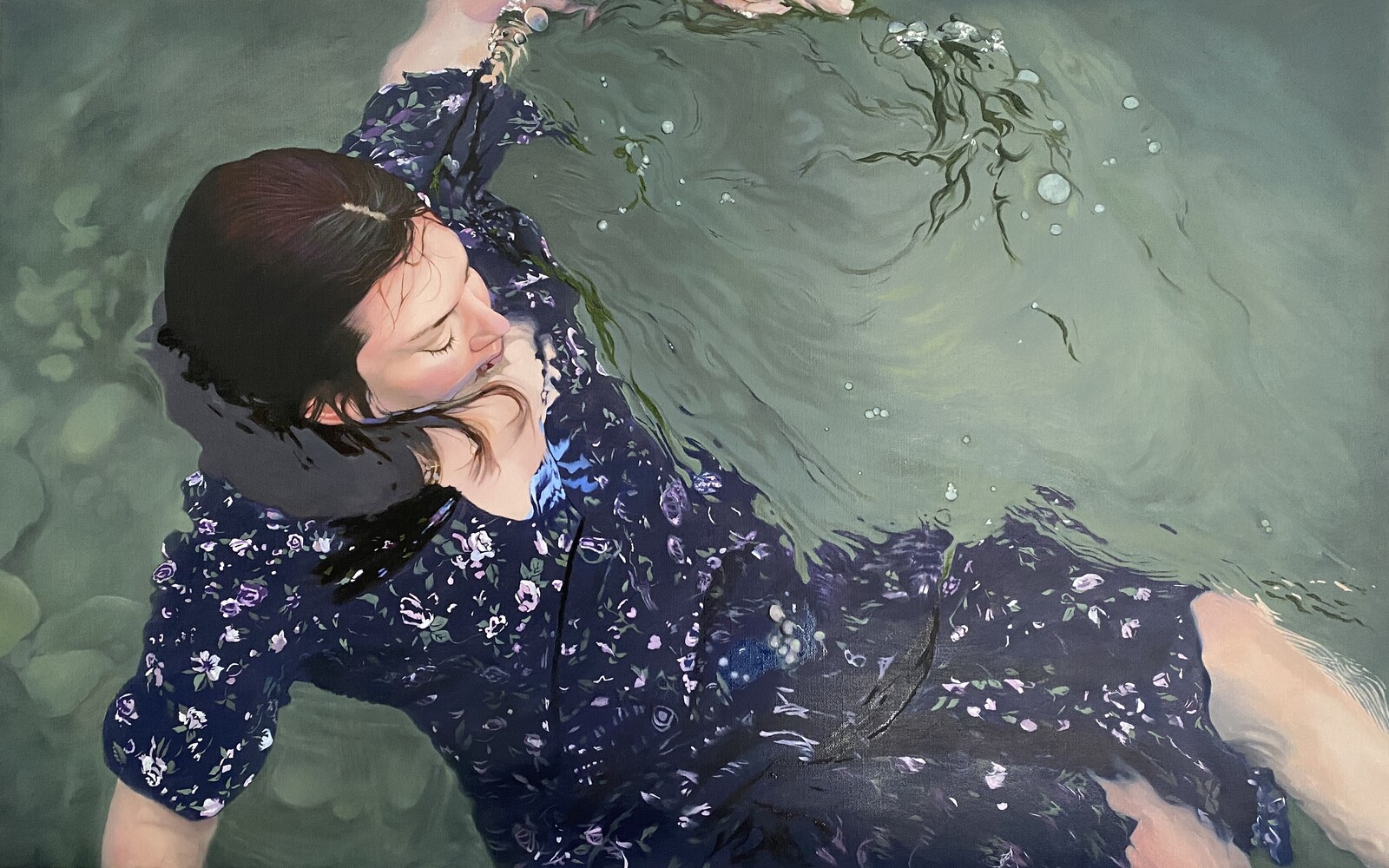
Seeing landscapes as colour
When we look at landscapes, how much do we really see? The fluttering leaves, the rippling pond, the shades of green. It’s difficult to see them without thinking of the words: leaf, water, green colour, and what those words and concepts mean to us.
I recently read the wonderful, A Tree Grows in Brooklyn. In it, the protagonist Francie looks around her old home as her family is moving out, and is overwhelmed by a flood of awareness. She thinks:
“Oh, the last time how clearly you see everything; as though a magnifying light had been turned on it. And you grieve because you hadn’t held it tighter when you had it every day. What had Granma Mary Rommely said? ‘To look at everything always as though you were seeing it either for the first or last time: Thus is your time on earth filled with glory.’”
It’s not always easy to conjure that kind of awareness. With the eye of an artist, it’s possible to see things as if for the first or last time. Monet said to:
“Try to forget what objects you have before you – a tree, a house, a field, or whatever. Merely think, ‘Here is a little square of blue, here an oblong of pink, here a streak of yellow,’ and paint it just as it looks to you, the exact colour and shape, until it gives you your own impression of the scene before you.”
Most people have seen Monet’s Nyphéas (or “Water Lilies”) cycle, the series whose creation consumed the last 30 years of his life. Some will have stood in the Musée de l’Orangerie in Paris surrounded by the swirling, horizon-less immersion of the paintings. And keen eyes will have noticed the slashes of lavender, deep purple, hot pink and sharp lime green that combine to make the serene scenes.
Monet’s new style of painting “en plein air” went against the predetermined style of classical painting. His ability to react to what he saw rather than paint what was expected captured something of the dynamic soul of nature, and spoke to our intrinsic understanding of what we see in front of us – a wordless description of awe, as touching and sentimental as the last time we would see it.
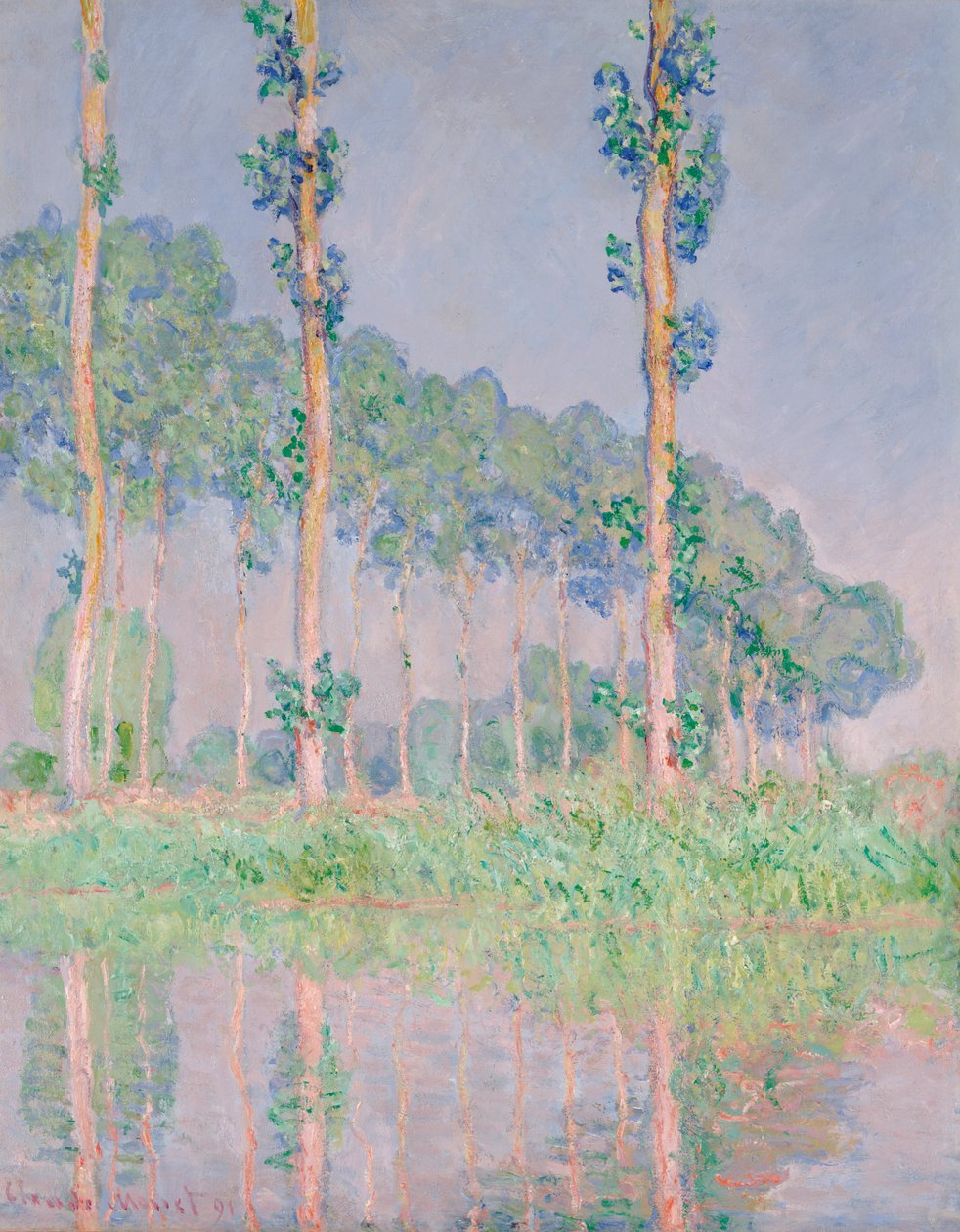
Singing the water people
Multi-instrumentalist, poet and jazz/Carnatic singer Ganavya vocalises a poem by Idom Shah (1924-1972), a Bengali Bhatiyali folk song about arriving at the shore of a river, unsure how to cross it. Ganavya plays the bass on this track as well as singing, and her classical Indian-Jazz fusion breathes new life over the song. About it, she wrote:
“A song is like a gift for me. A painting that you love, once you hand it to me, I will carefully trace it, and return the original back to you, forever carrying the traced image in my heart. In Tamil, the song cries the same cry:
What do you do when those who were meant to take care of you have forsaken you?I sing “elo, elelo” which means “push, pull”— it is the sound of riverpeople rowing. In this way, I connect both languages through the sound of movement in water. When Nithya asked me to sing a song, I wanted to sing the sound of a movement— political reform, of balance between the push and the pull, of floating together, of moving together. I hope the sound of my voice will help you float on a day when you need help.”
Need more? Sign up to Secret Postcards or listen to our new song.
Until next month…
May you be well, happy, whole, and free.
T & B
~~~~~~
Invite your friends to subscribe!
![]() Being with dark and light
Being with dark and light![]() Don't leave!
Don't leave!![]() Unlikely meeting points & unlikely collaborations 🌗
Unlikely meeting points & unlikely collaborations 🌗![]() Sit in the middle of things 🧘♀️🪻
Sit in the middle of things 🧘♀️🪻![]() 5 things I learned at a Buddhist monastery
5 things I learned at a Buddhist monastery![]() 6 good things to do
6 good things to do![]() Extraordinary ordinariness: space orbits and sleeping dogs
Extraordinary ordinariness: space orbits and sleeping dogs![]() The ebb and flow of things
The ebb and flow of things![]() A short breath in the bardo
A short breath in the bardo![]() A slender cord of grace
A slender cord of grace![]() Artists reflect on water
Artists reflect on water![]() A love letter to a loaded gun
A love letter to a loaded gun![]() Are you for real?
Are you for real?![]() What is a good life?
What is a good life?![]() Who decides what you think?
Who decides what you think?![]() When new year should be according to history...
When new year should be according to history...![]() Does Mozart really make you smarter?
Does Mozart really make you smarter?![]() Old stories to find light in dark times
Old stories to find light in dark times![]() The human need to put things together
The human need to put things together![]() The power of trends: the good, the bad and the pumpkin-spiced.
The power of trends: the good, the bad and the pumpkin-spiced.![]() From terrestrial to celestial – where do we find inspiration?
From terrestrial to celestial – where do we find inspiration?![]() The illusion of ownership
The illusion of ownership![]() Let’s go down the rabbit hole 🐇
Let’s go down the rabbit hole 🐇![]() Identity, the artist, and #goblinmode
Identity, the artist, and #goblinmode![]() Punk and her godmothers
Punk and her godmothers![]() The ultimate journey – homecoming, heroes and wholeness.
The ultimate journey – homecoming, heroes and wholeness.![]() It’s mushroom month...
It’s mushroom month...![]() Robots, AI and artistry, oh my!
Robots, AI and artistry, oh my!![]() Longevity, love and memory...
Longevity, love and memory...![]() Summer, Freud and a sonnet...
Summer, Freud and a sonnet...![]() When surreal makes sense – exploring with Dorothea Tanning, Olga Tokaczuk and more...
When surreal makes sense – exploring with Dorothea Tanning, Olga Tokaczuk and more...![]() Twists and turns with Mary Oliver, Alan Watts and Astrid Lindgren...
Twists and turns with Mary Oliver, Alan Watts and Astrid Lindgren...![]() First flowers of spring: the need for beauty and hope at all times
First flowers of spring: the need for beauty and hope at all times![]() Defining reality, playing with illusion with Robert Frost, Hilma Af Kilnt and more...
Defining reality, playing with illusion with Robert Frost, Hilma Af Kilnt and more...![]() Celebrating the cycles of light and dark with Joan Didion, Danez Smith and more...
Celebrating the cycles of light and dark with Joan Didion, Danez Smith and more...

 Being with dark and light
Being with dark and light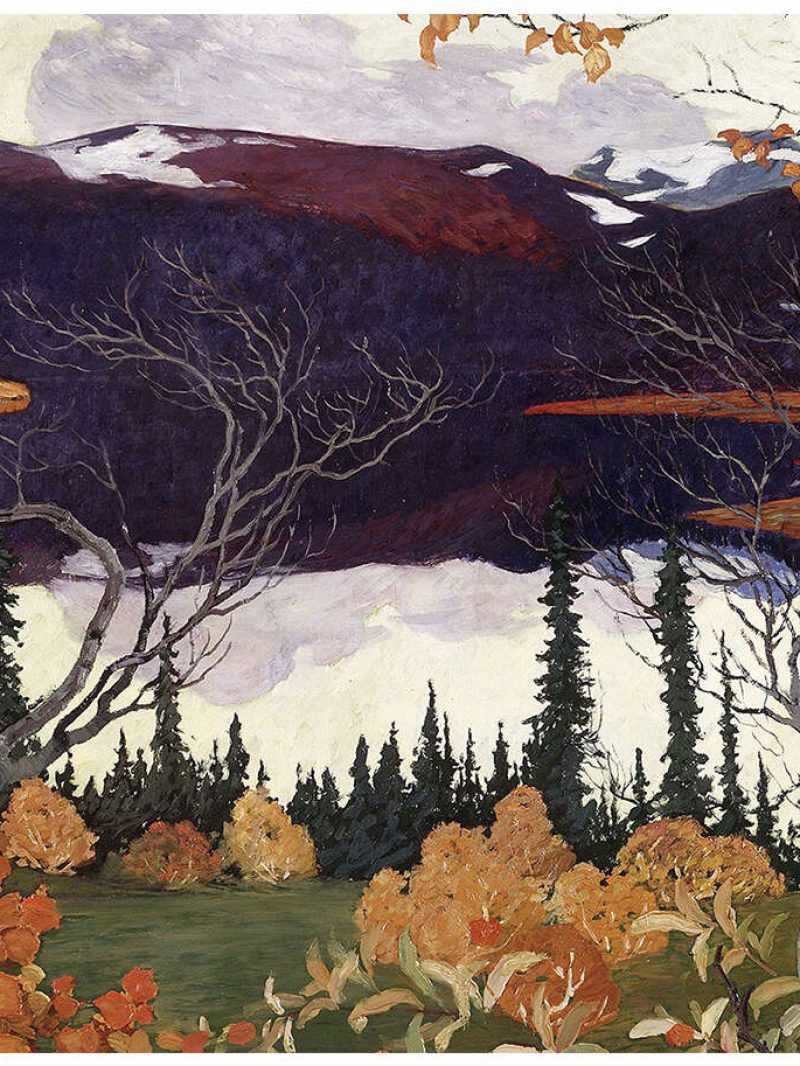 Don't leave!
Don't leave!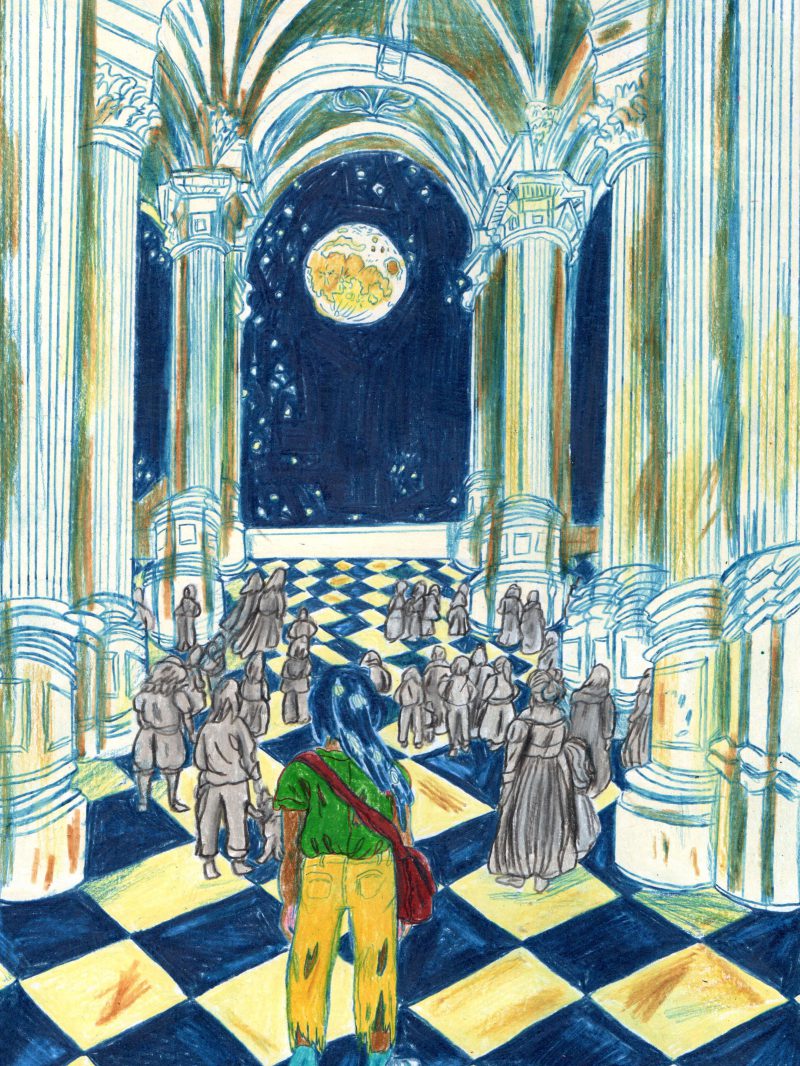 Unlikely meeting points & unlikely collaborations 🌗
Unlikely meeting points & unlikely collaborations 🌗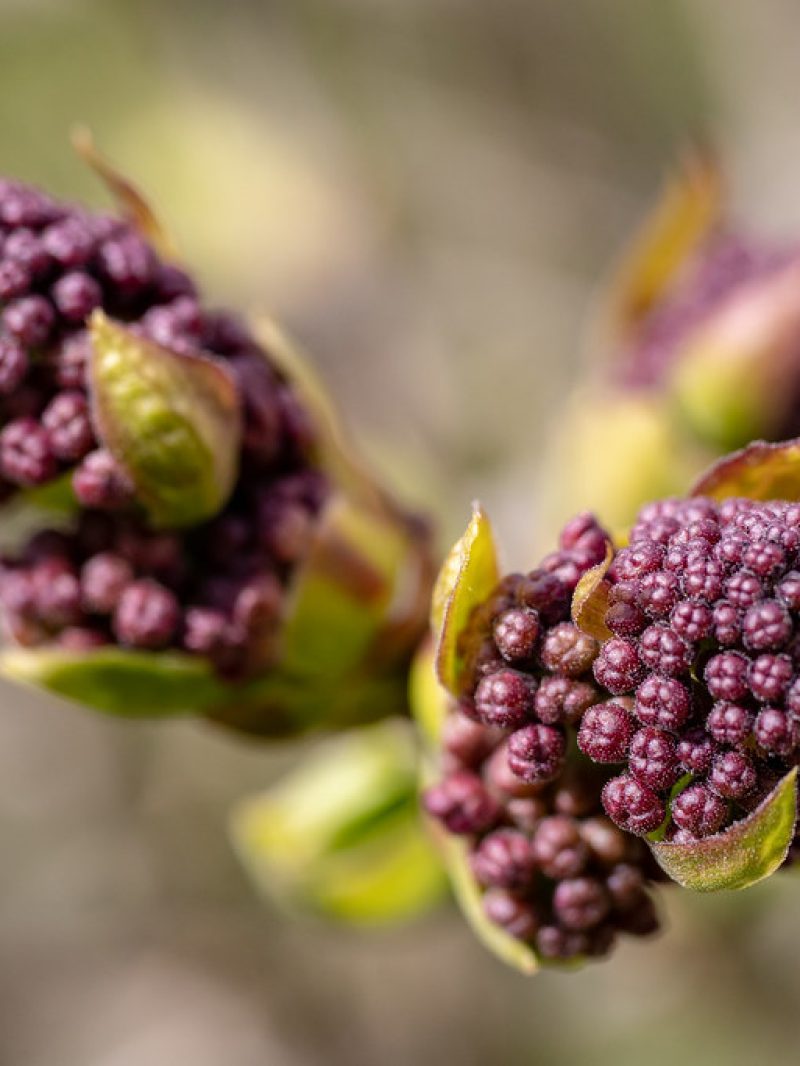 Sit in the middle of things 🧘♀️🪻
Sit in the middle of things 🧘♀️🪻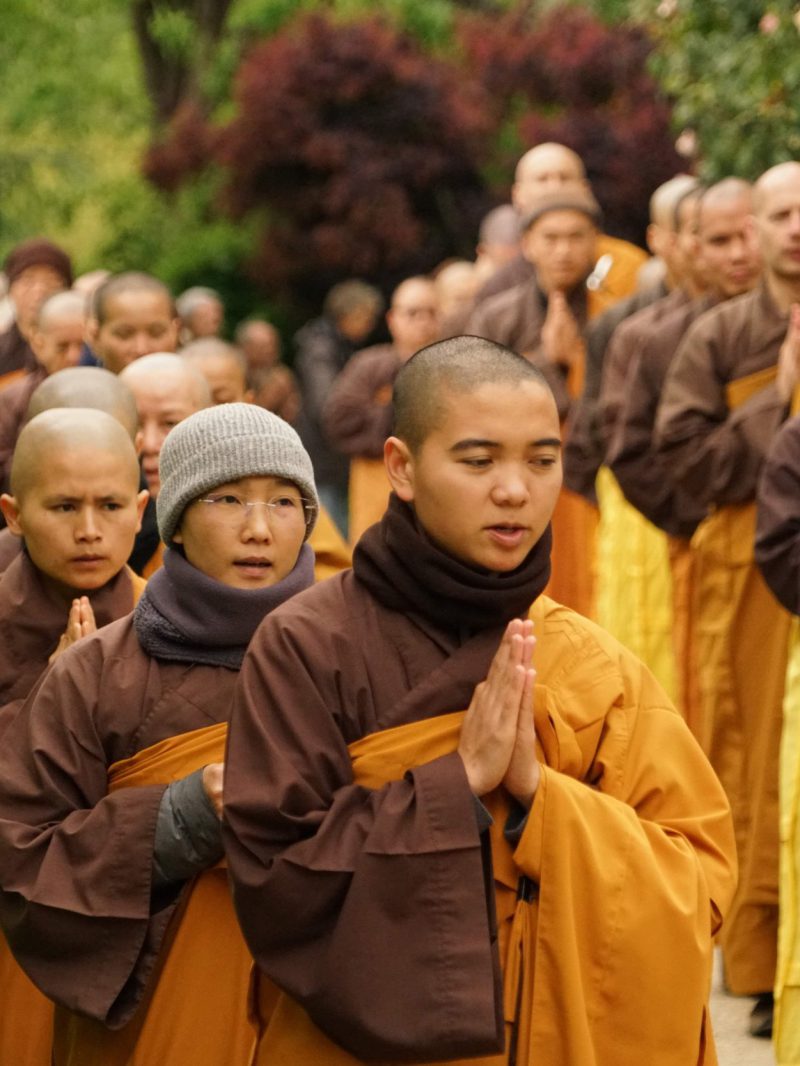 5 things I learned at a Buddhist monastery
5 things I learned at a Buddhist monastery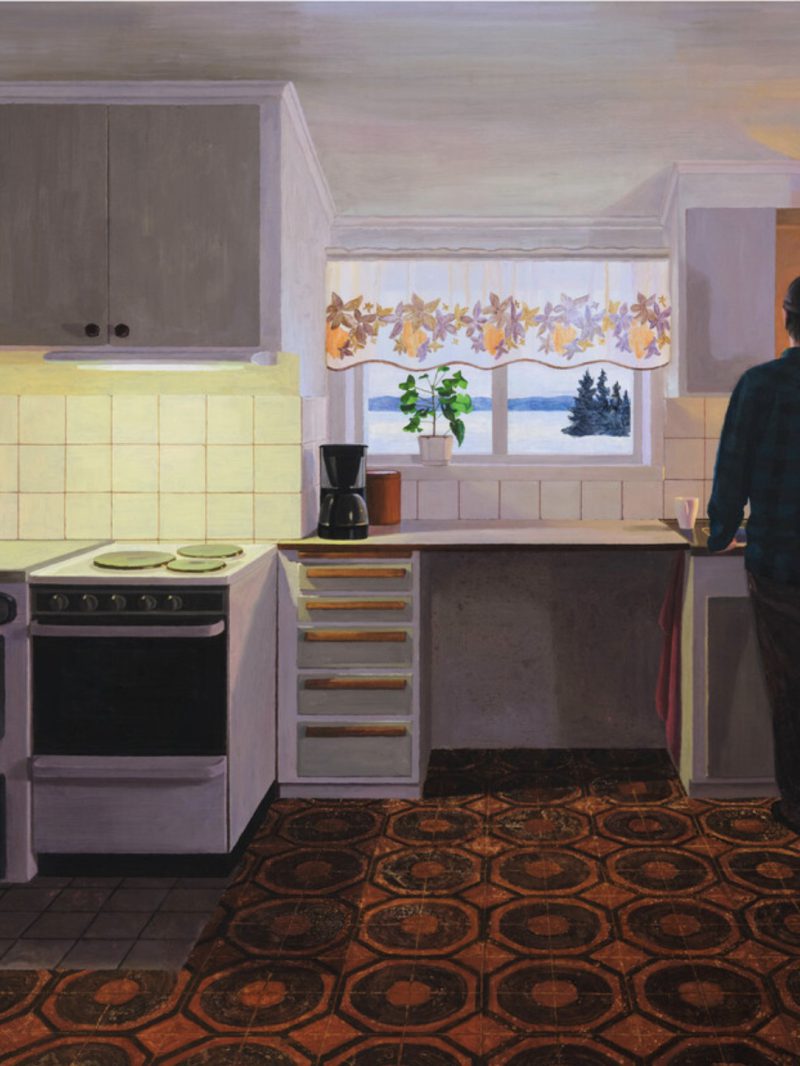 6 good things to do
6 good things to do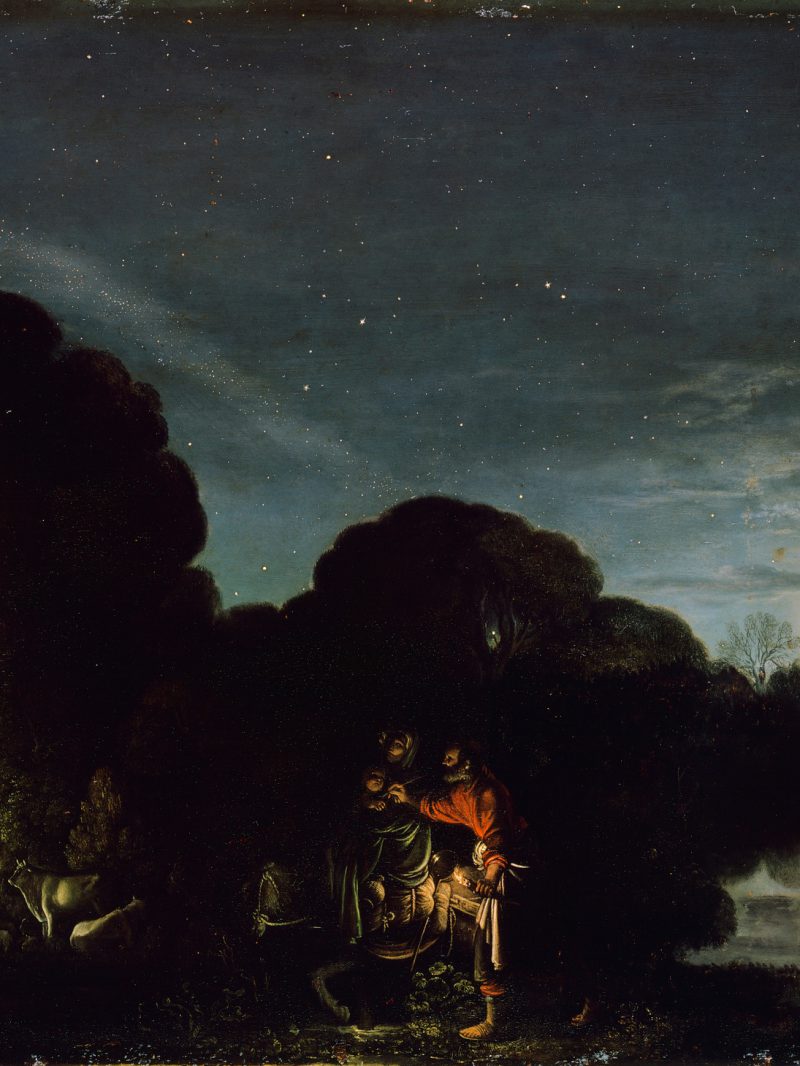 Extraordinary ordinariness: space orbits and sleeping dogs
Extraordinary ordinariness: space orbits and sleeping dogs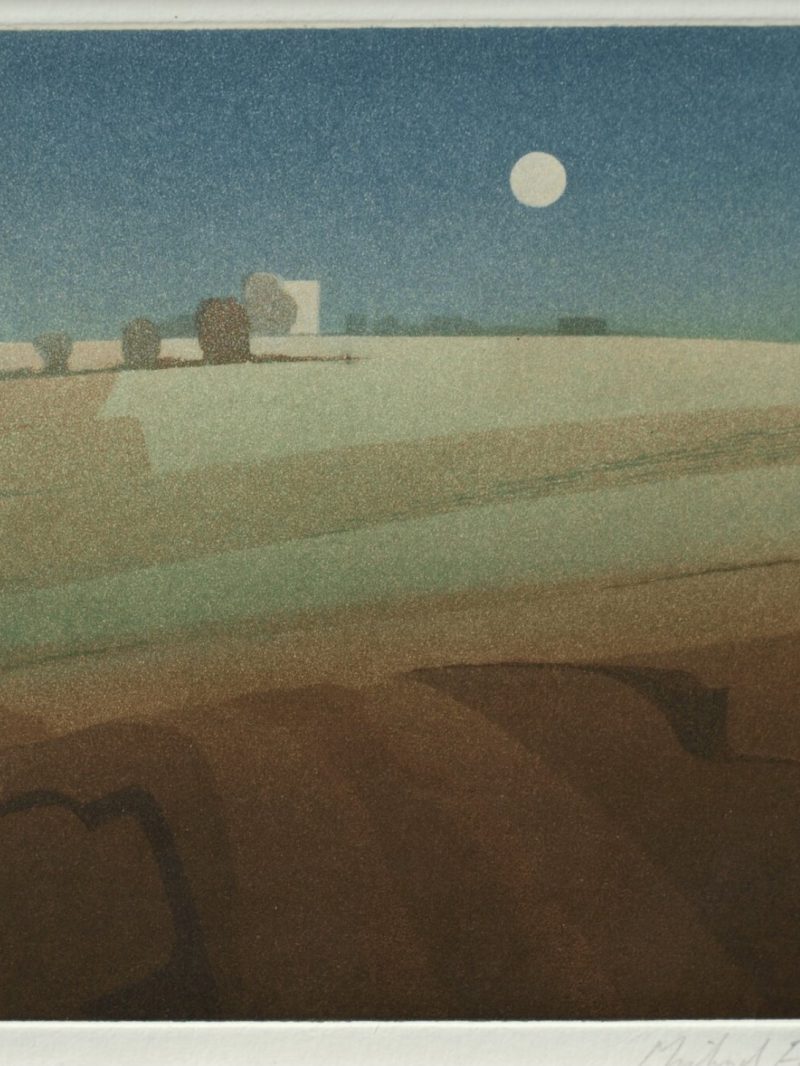 The ebb and flow of things
The ebb and flow of things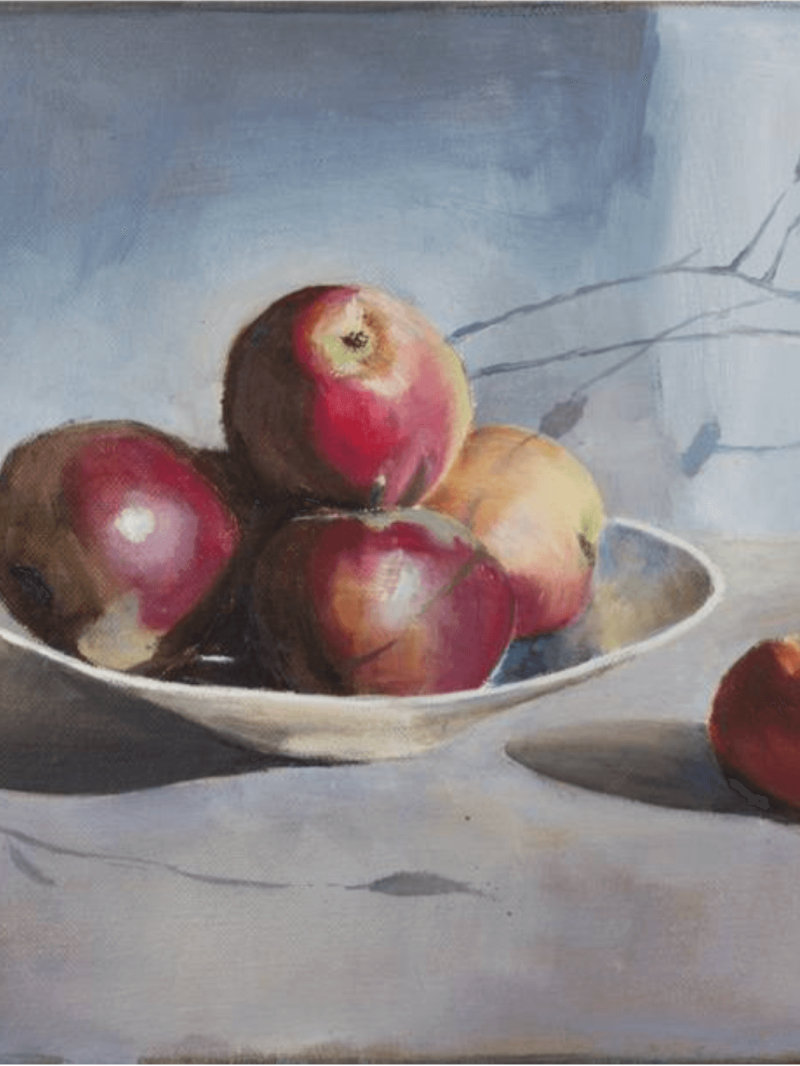 A short breath in the bardo
A short breath in the bardo A slender cord of grace
A slender cord of grace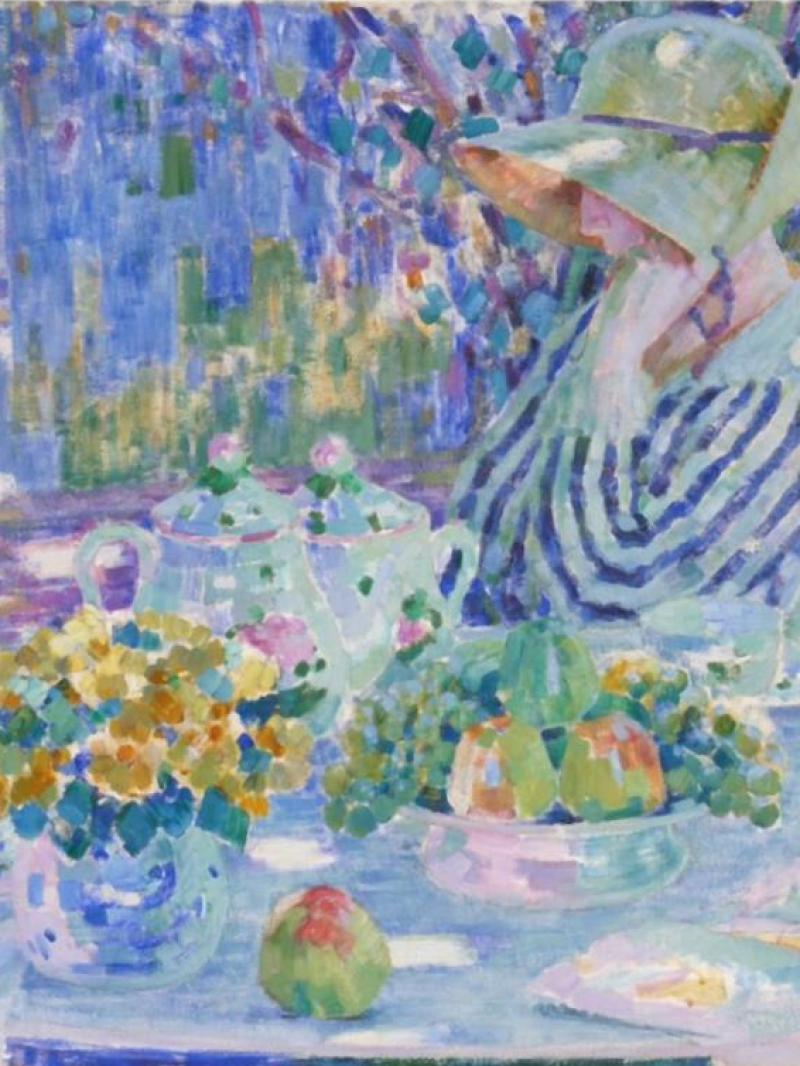 Artists reflect on water
Artists reflect on water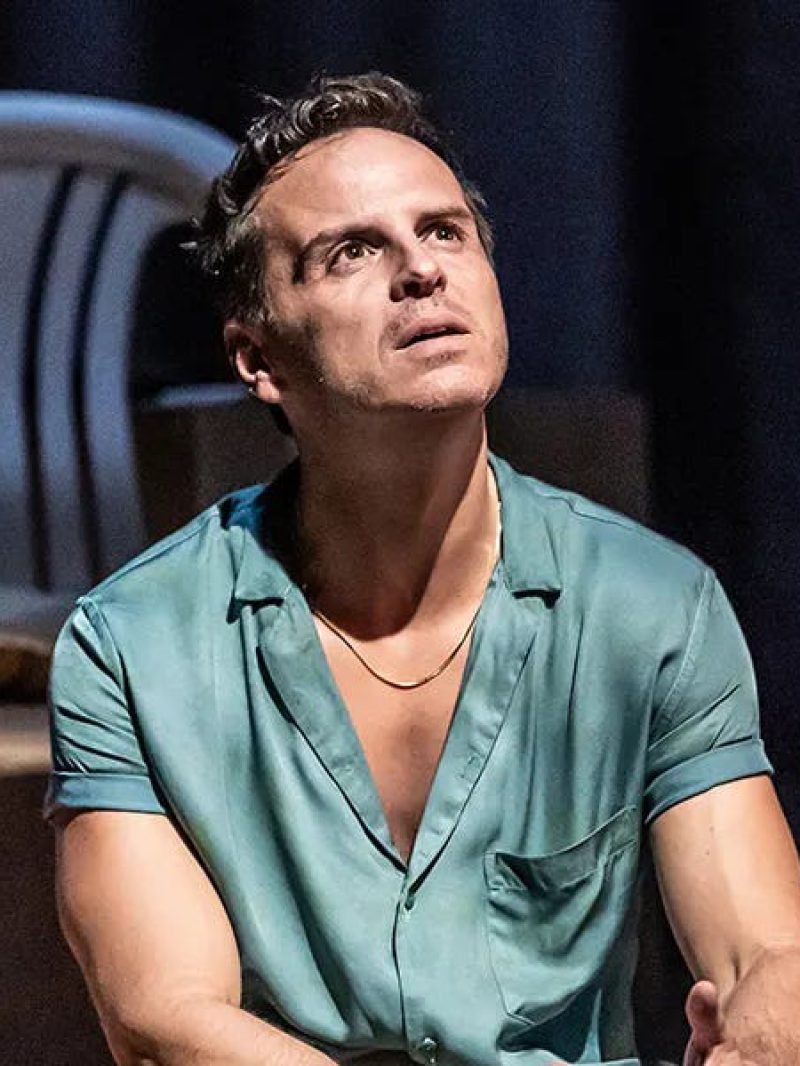 A love letter to a loaded gun
A love letter to a loaded gun Are you for real?
Are you for real?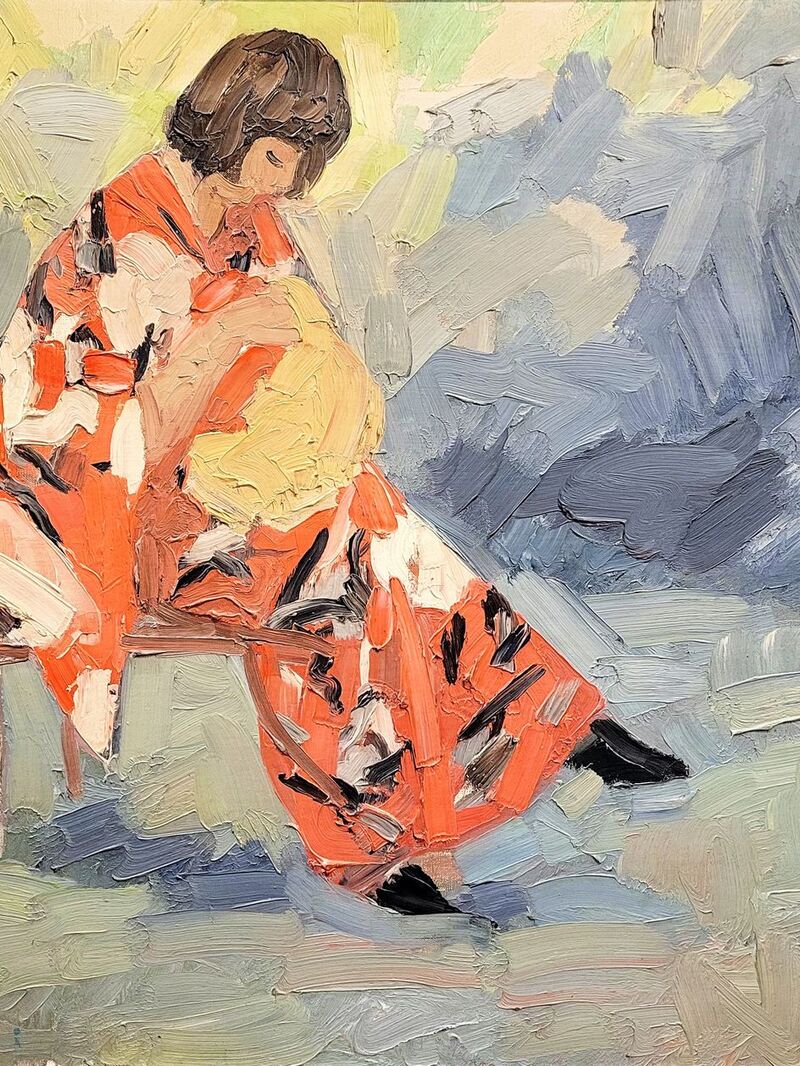 What is a good life?
What is a good life?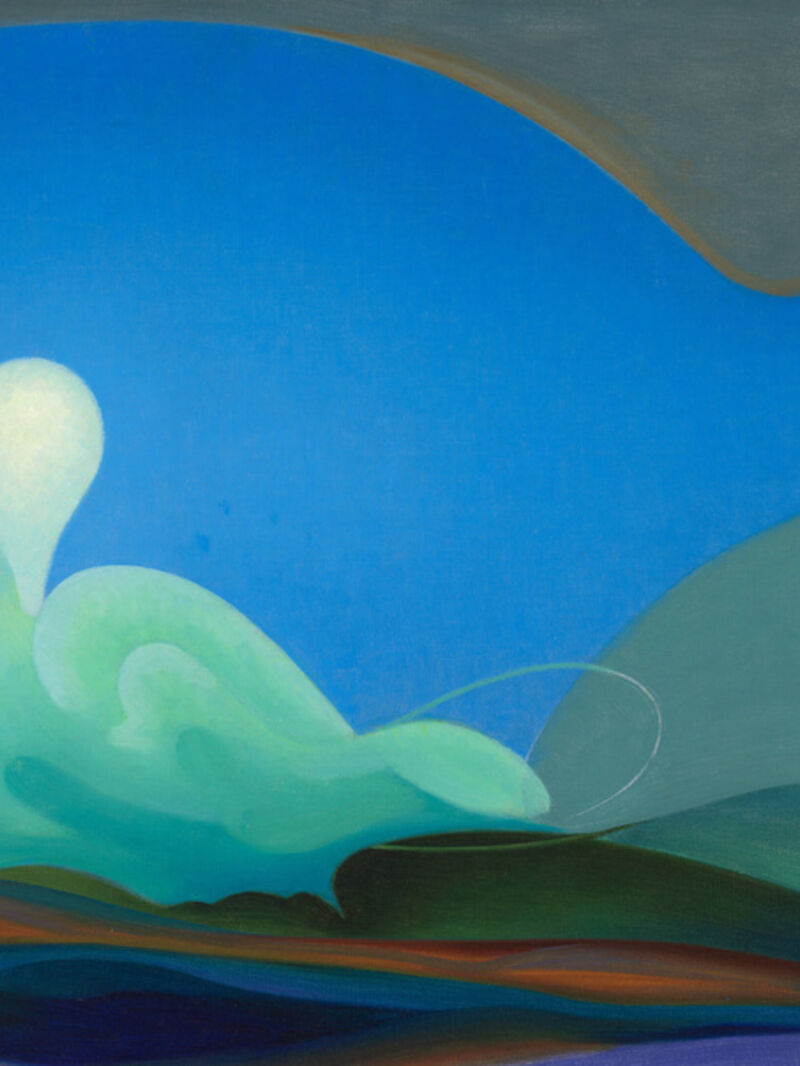 Who decides what you think?
Who decides what you think?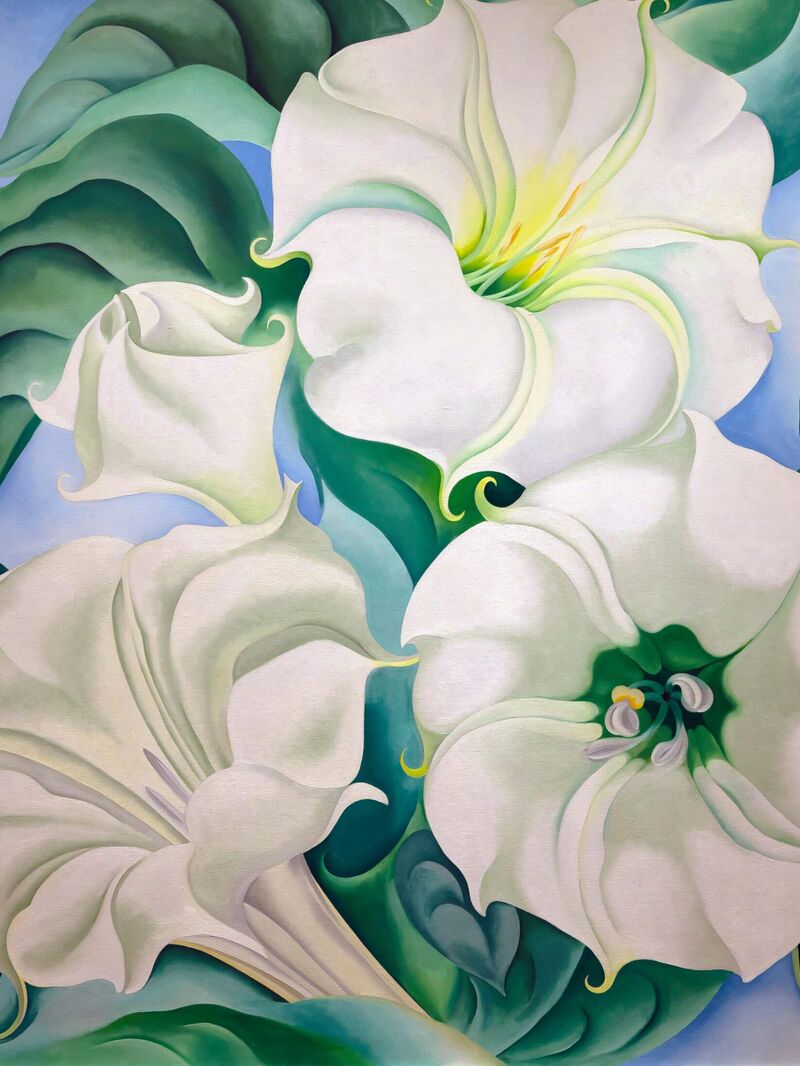 When new year should be according to history...
When new year should be according to history...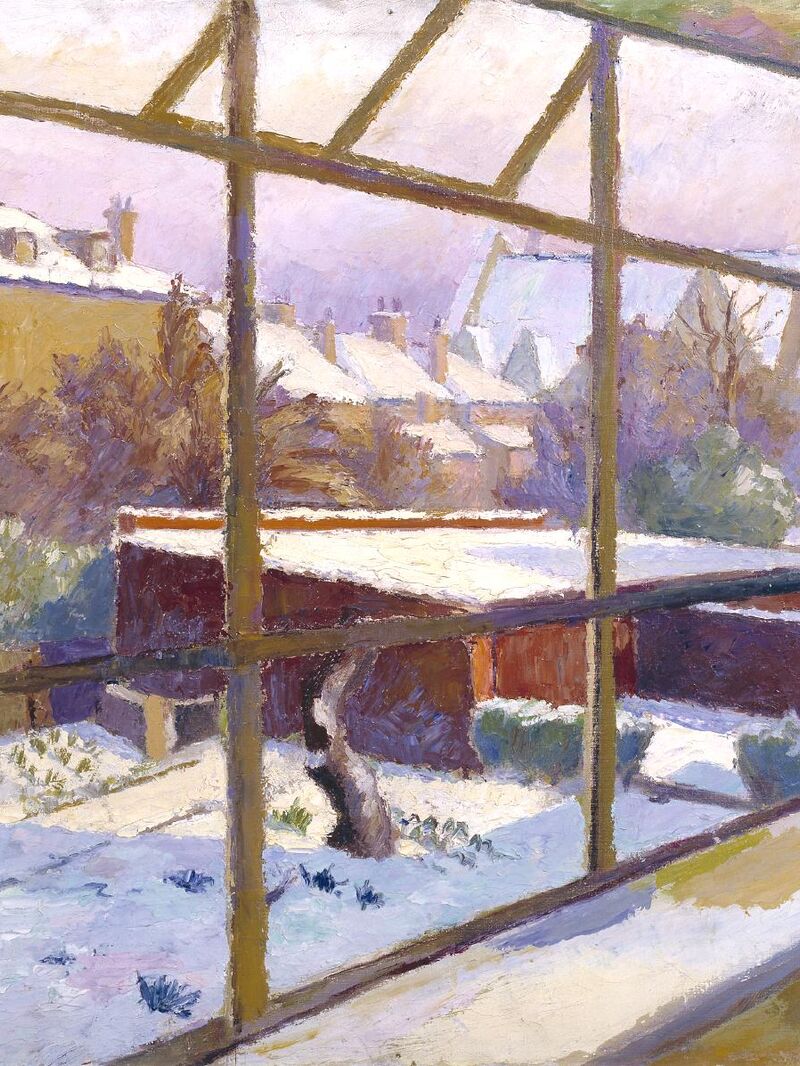 Does Mozart really make you smarter?
Does Mozart really make you smarter?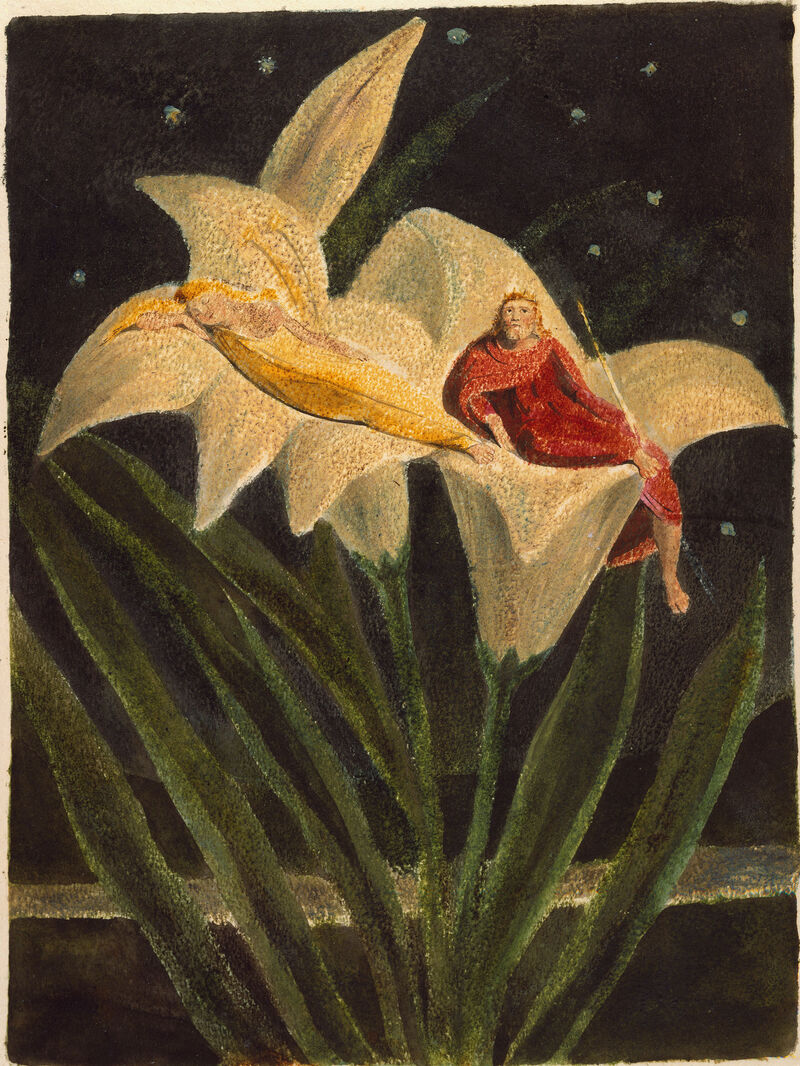 Old stories to find light in dark times
Old stories to find light in dark times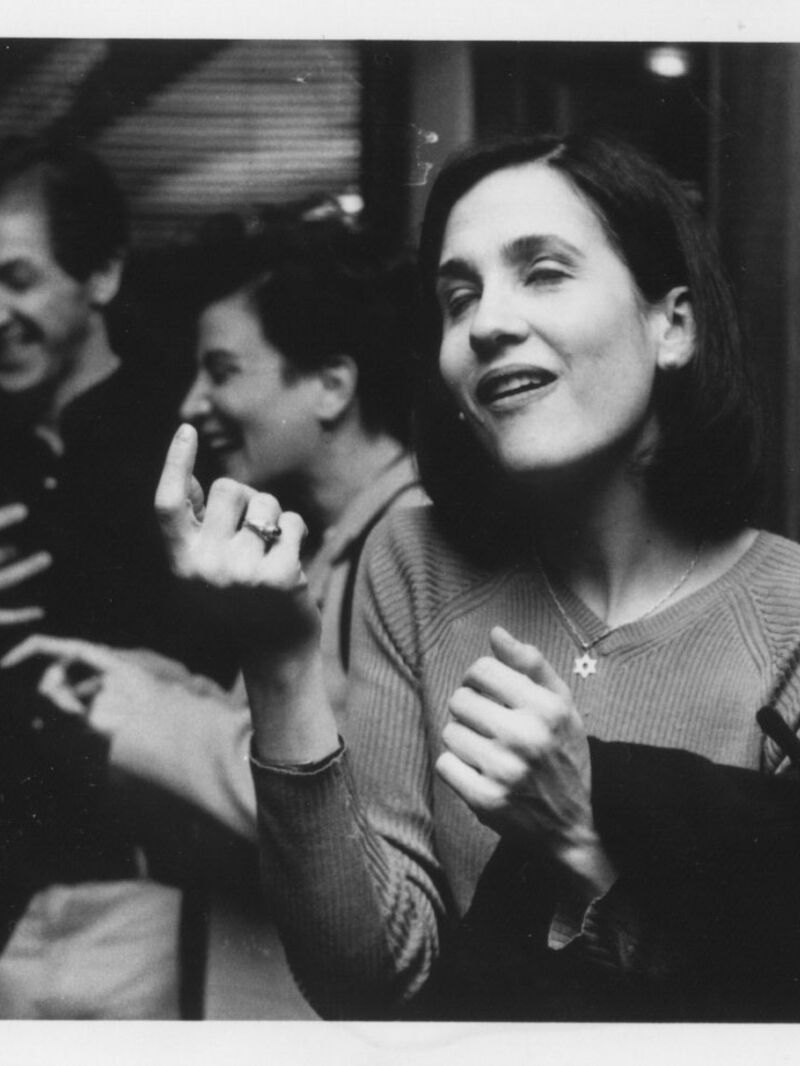 The human need to put things together
The human need to put things together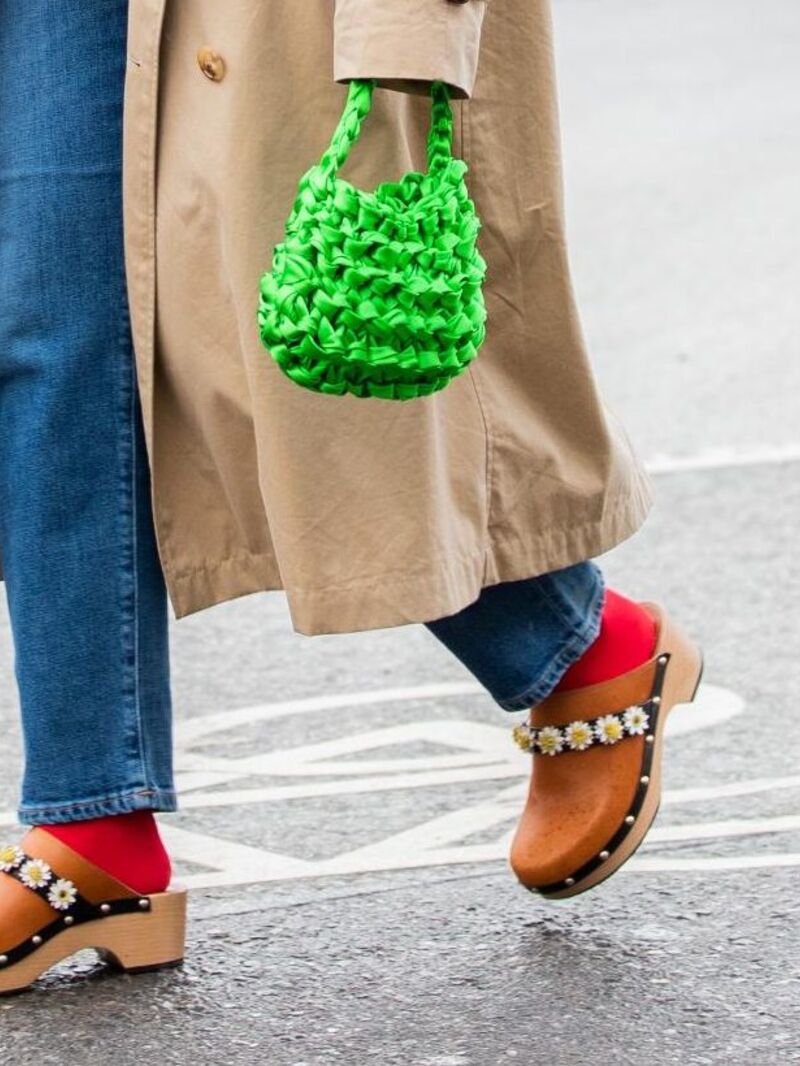 The power of trends: the good, the bad and the pumpkin-spiced.
The power of trends: the good, the bad and the pumpkin-spiced. From terrestrial to celestial – where do we find inspiration?
From terrestrial to celestial – where do we find inspiration?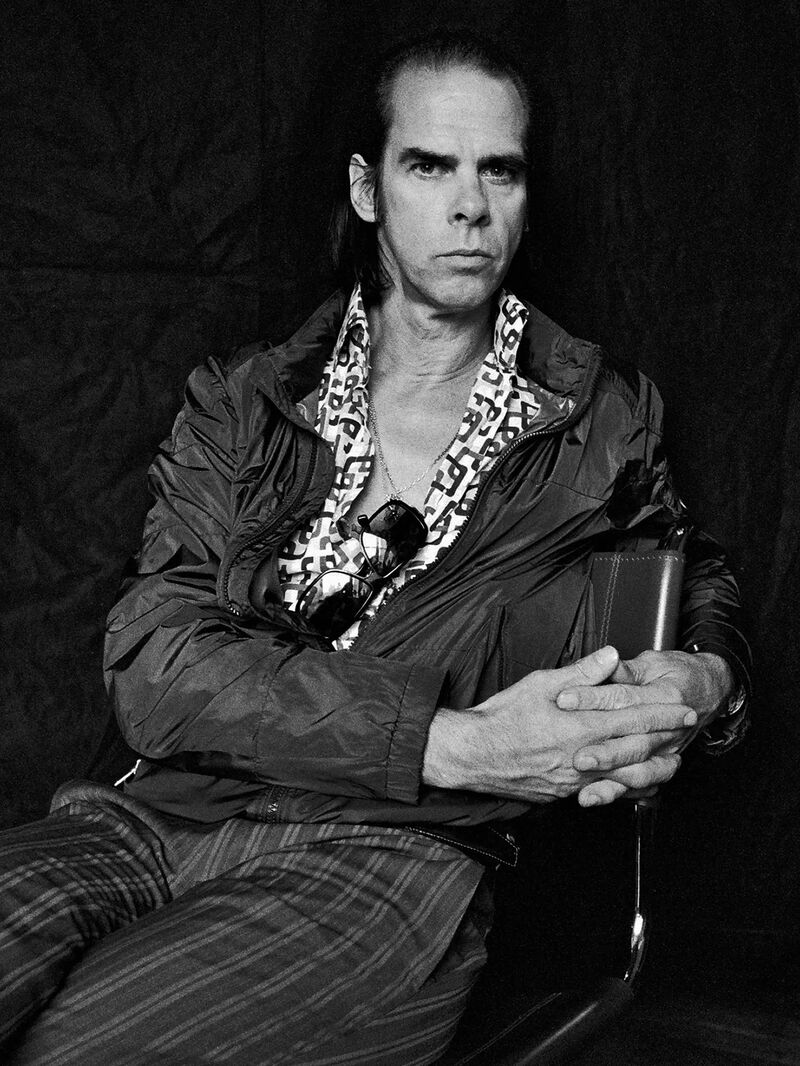 The illusion of ownership
The illusion of ownership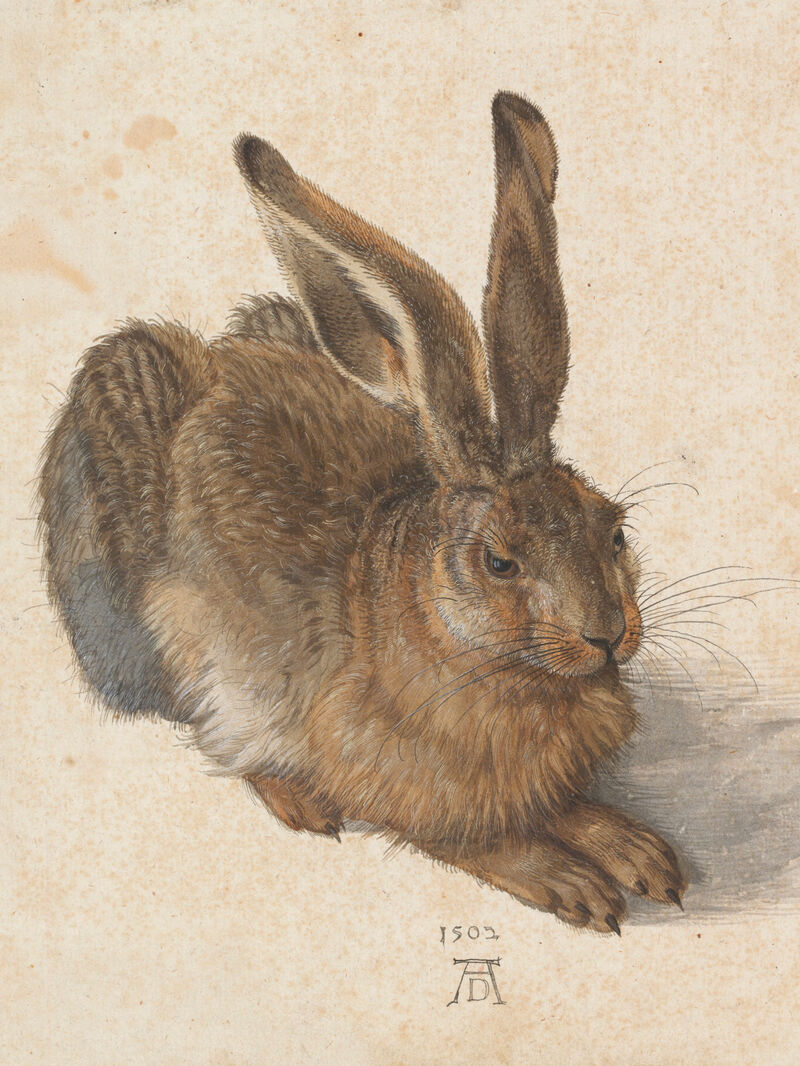 Let’s go down the rabbit hole 🐇
Let’s go down the rabbit hole 🐇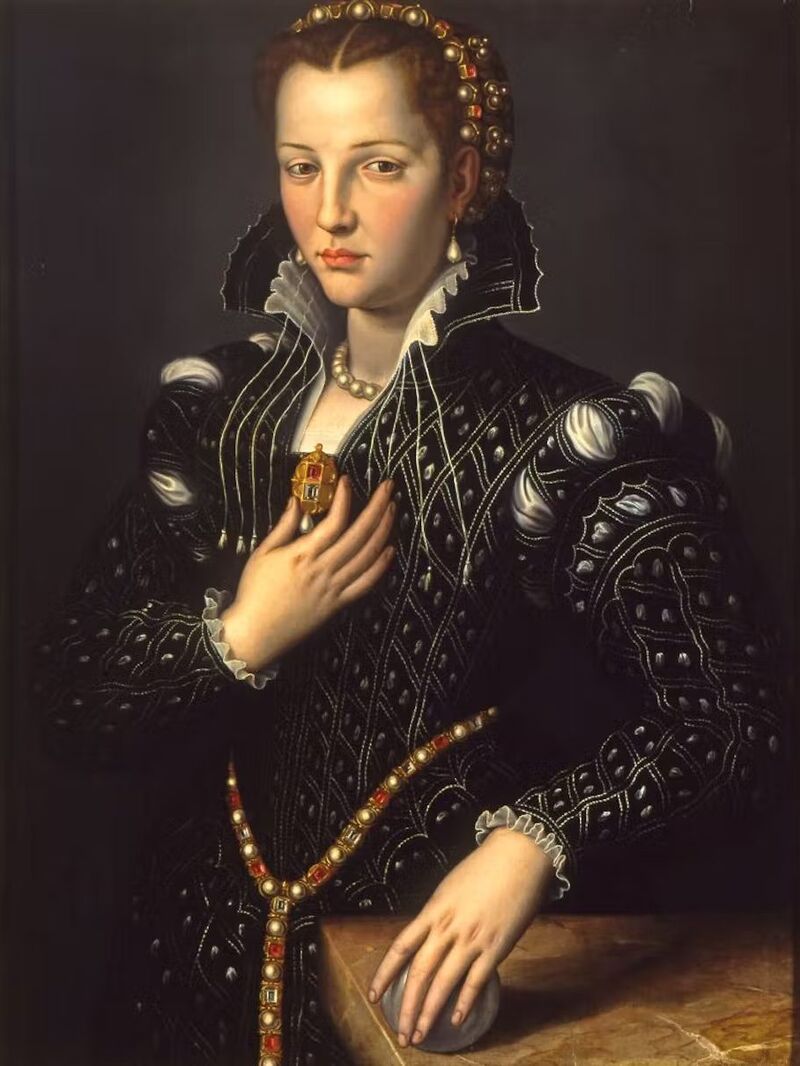 Identity, the artist, and #goblinmode
Identity, the artist, and #goblinmode Punk and her godmothers
Punk and her godmothers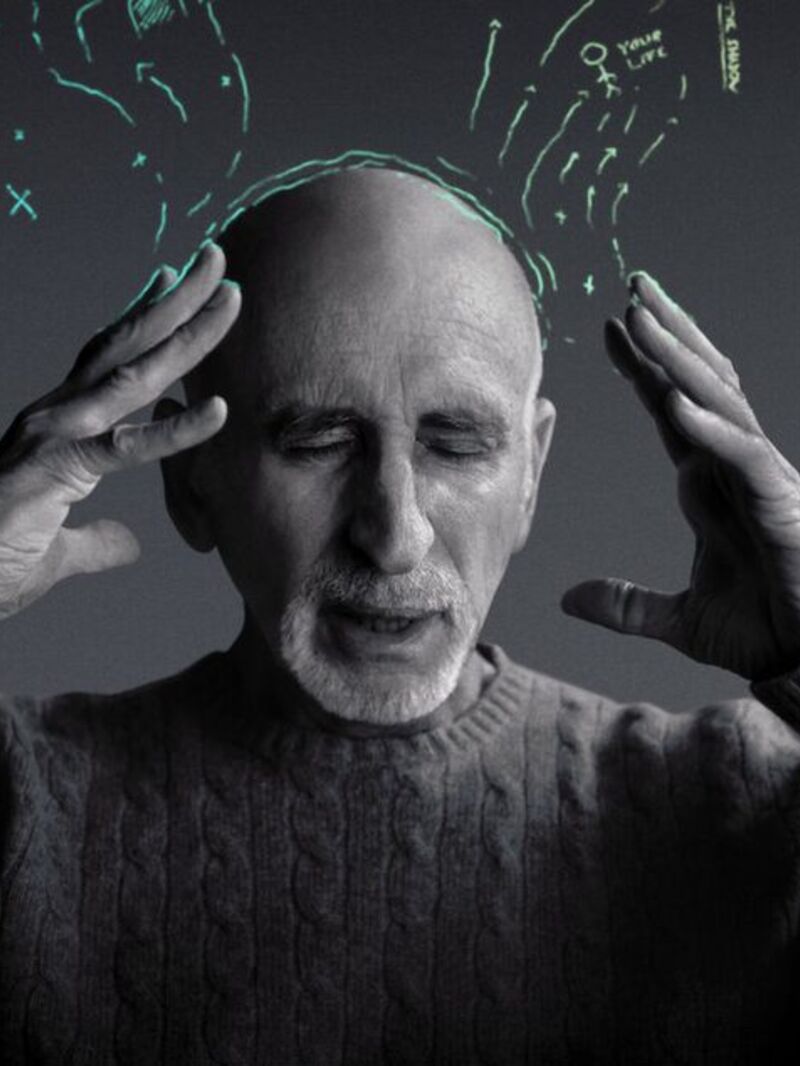 The ultimate journey – homecoming, heroes and wholeness.
The ultimate journey – homecoming, heroes and wholeness.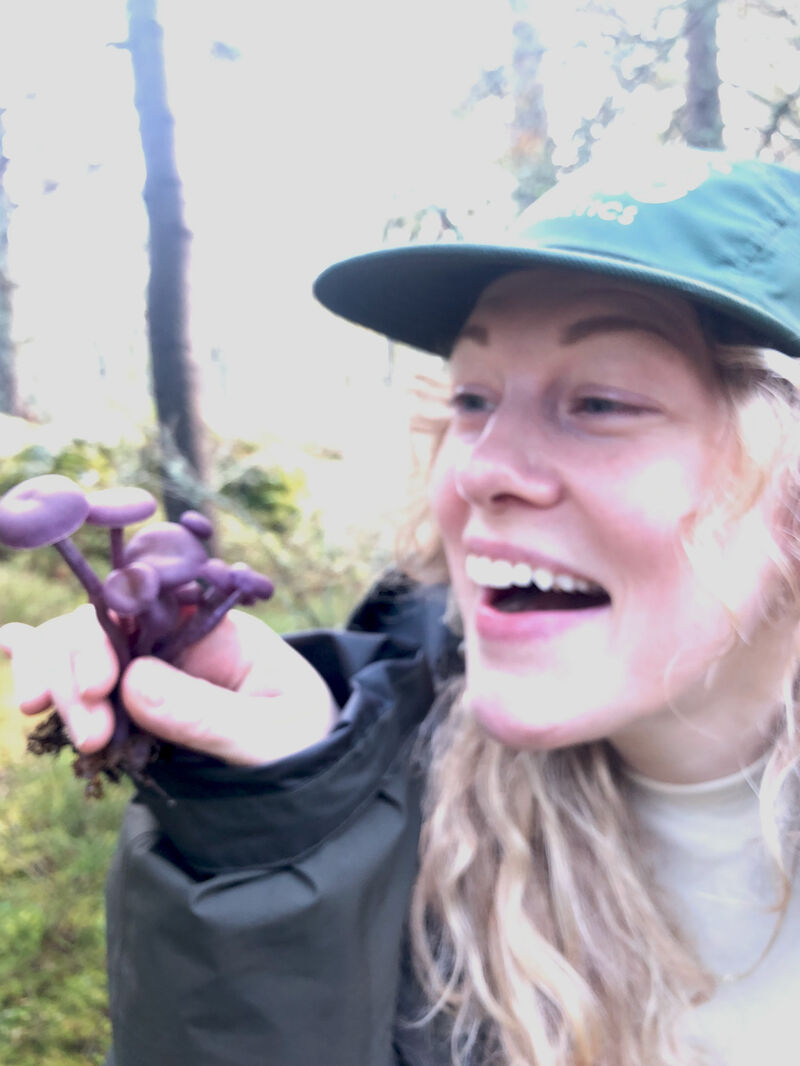 It’s mushroom month...
It’s mushroom month...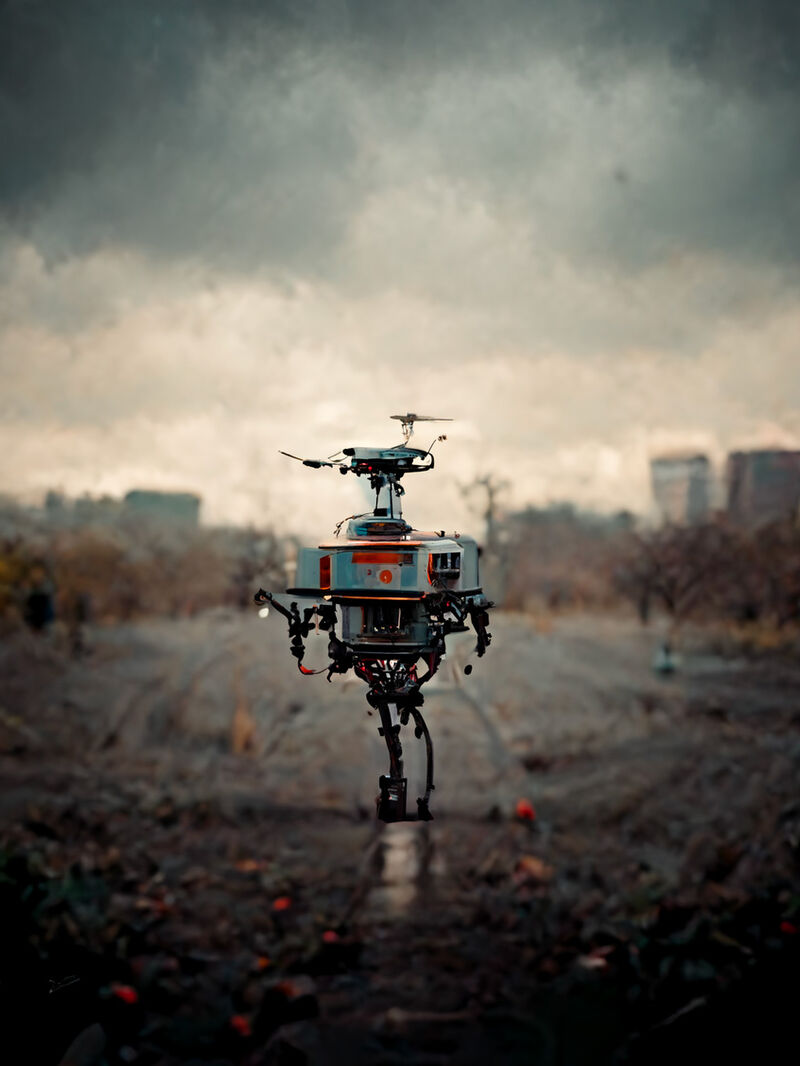 Robots, AI and artistry, oh my!
Robots, AI and artistry, oh my!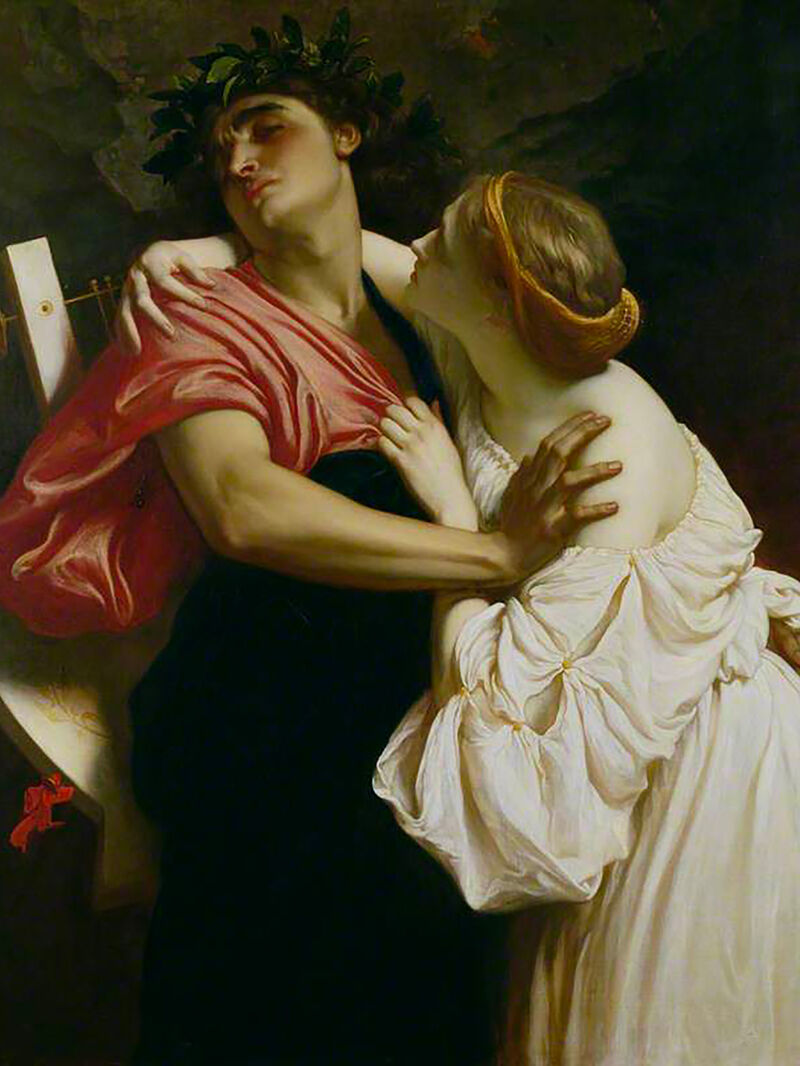 Longevity, love and memory...
Longevity, love and memory...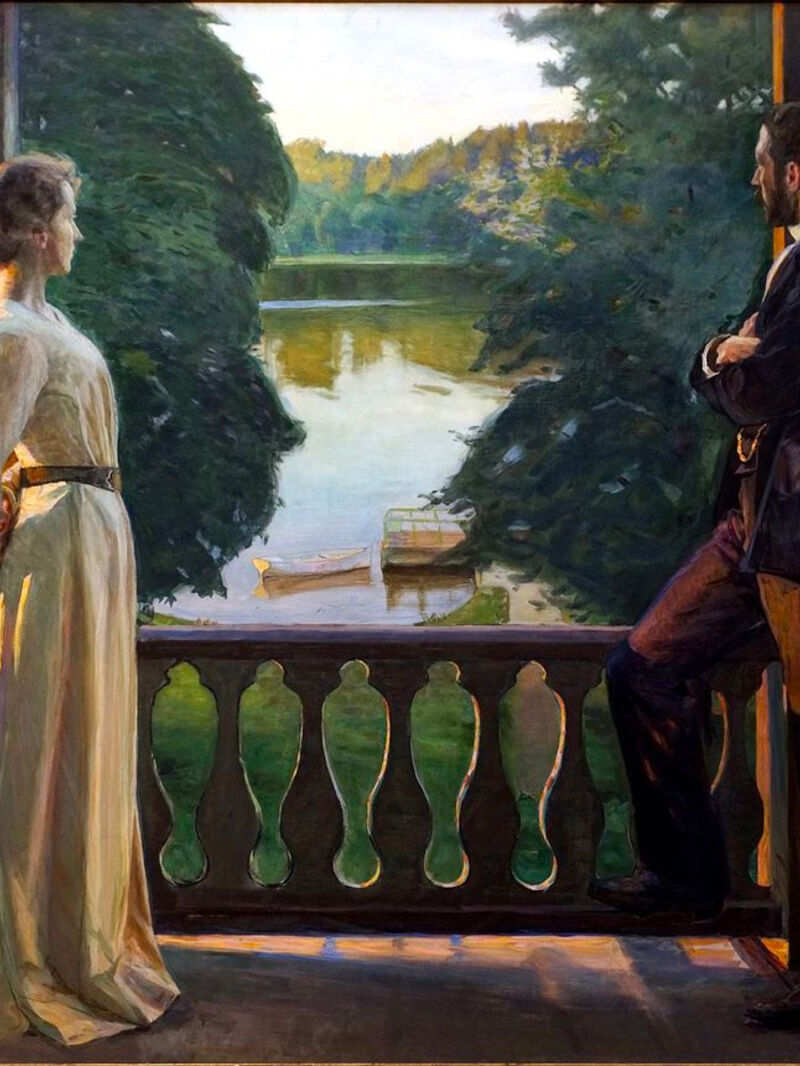 Summer, Freud and a sonnet...
Summer, Freud and a sonnet...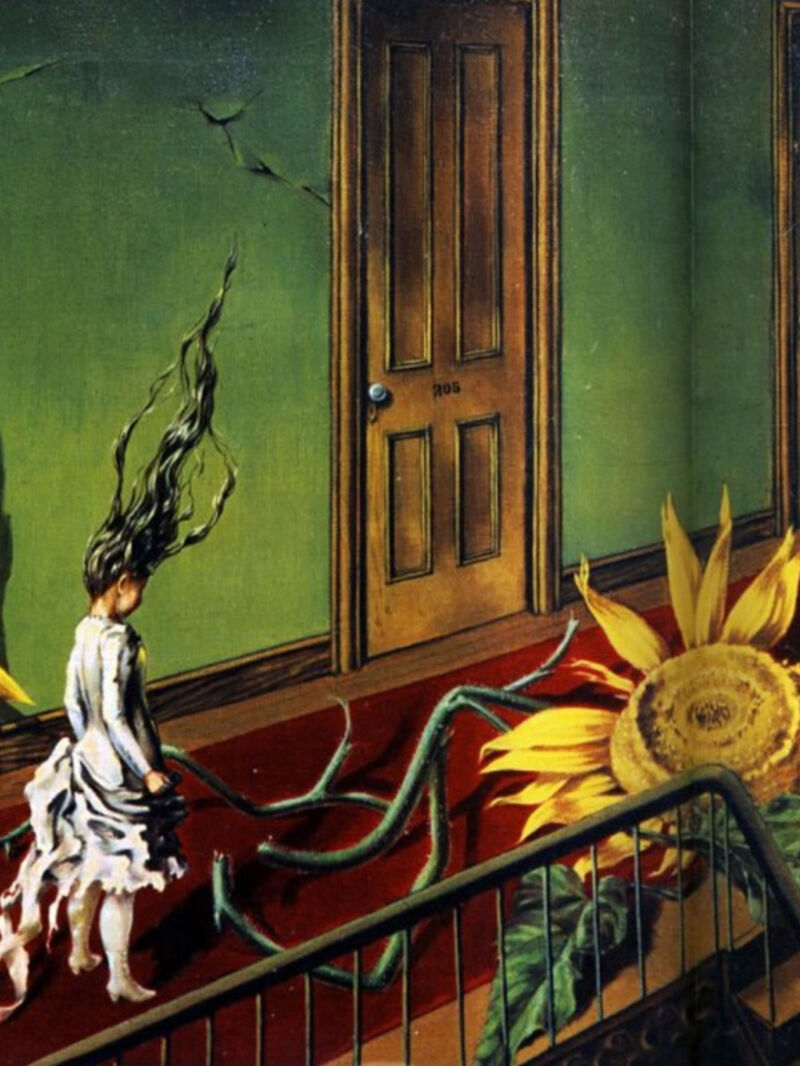 When surreal makes sense – exploring with Dorothea Tanning, Olga Tokaczuk and more...
When surreal makes sense – exploring with Dorothea Tanning, Olga Tokaczuk and more...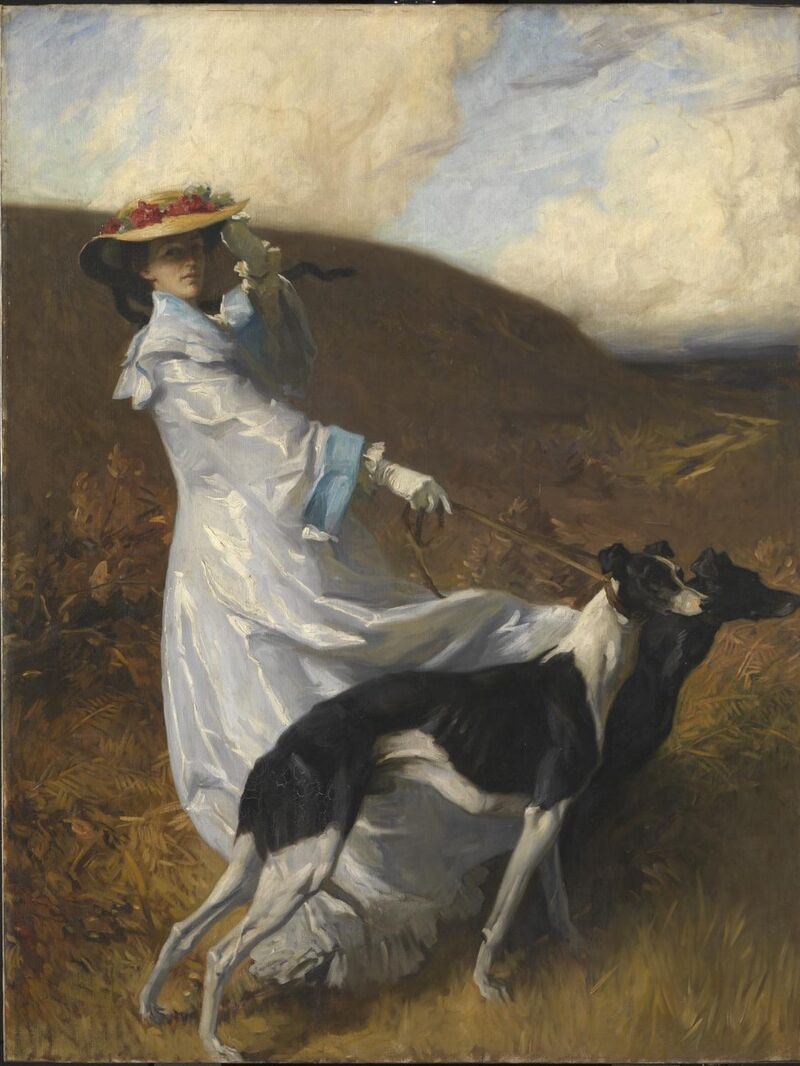 Twists and turns with Mary Oliver, Alan Watts and Astrid Lindgren...
Twists and turns with Mary Oliver, Alan Watts and Astrid Lindgren...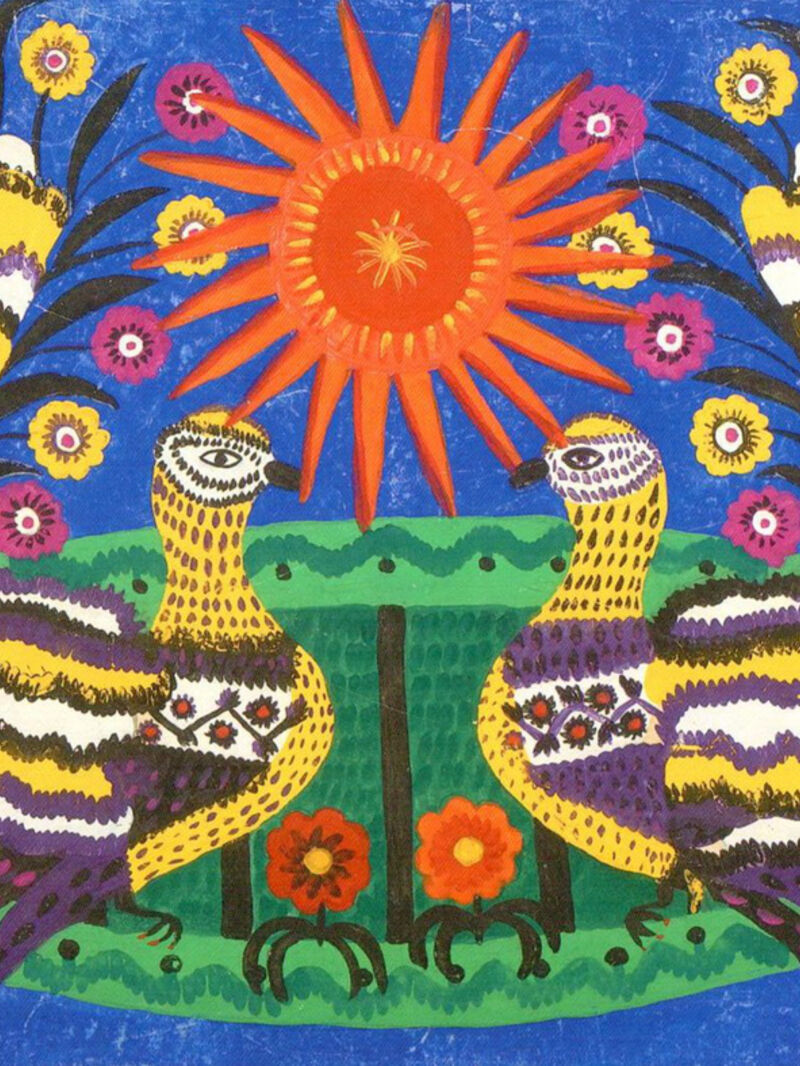 First flowers of spring: the need for beauty and hope at all times
First flowers of spring: the need for beauty and hope at all times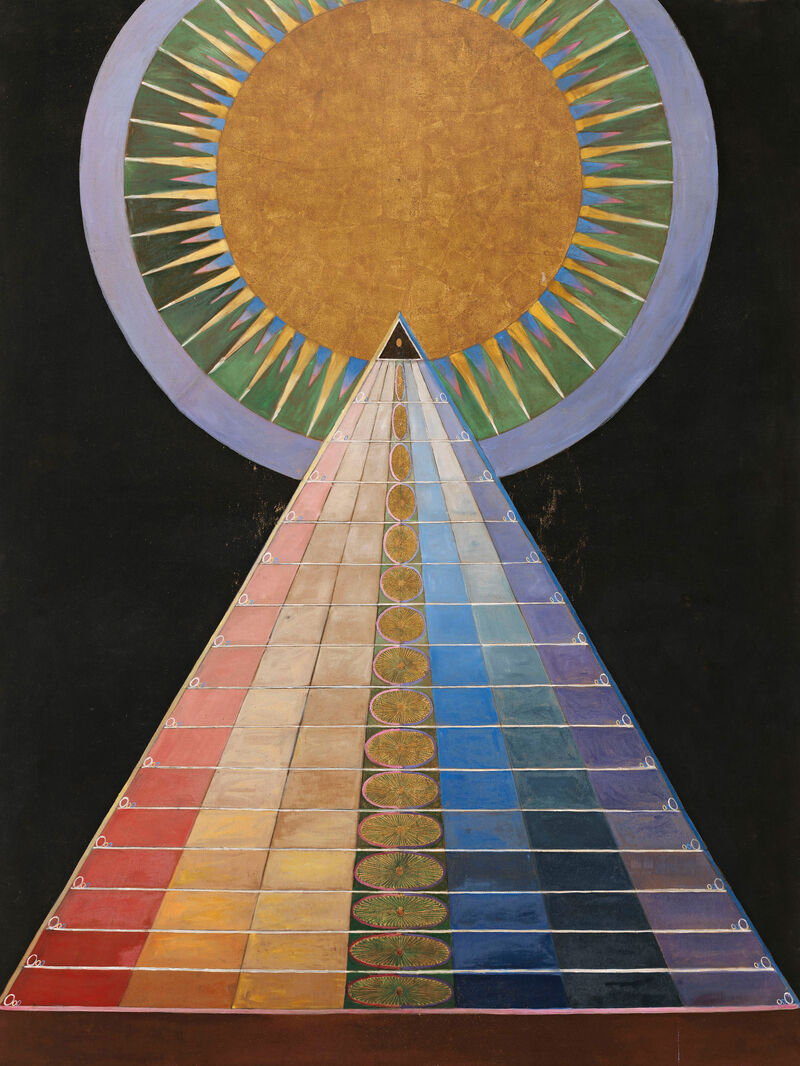 Defining reality, playing with illusion with Robert Frost, Hilma Af Kilnt and more...
Defining reality, playing with illusion with Robert Frost, Hilma Af Kilnt and more...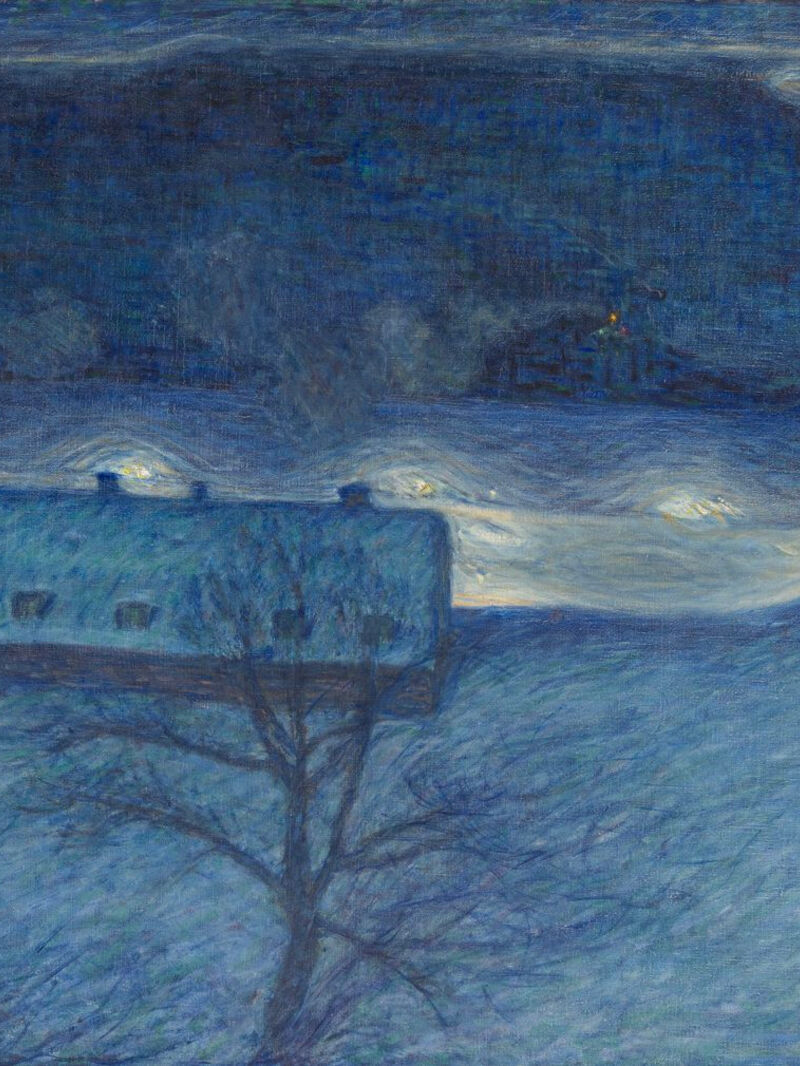 Celebrating the cycles of light and dark with Joan Didion, Danez Smith and more...
Celebrating the cycles of light and dark with Joan Didion, Danez Smith and more...